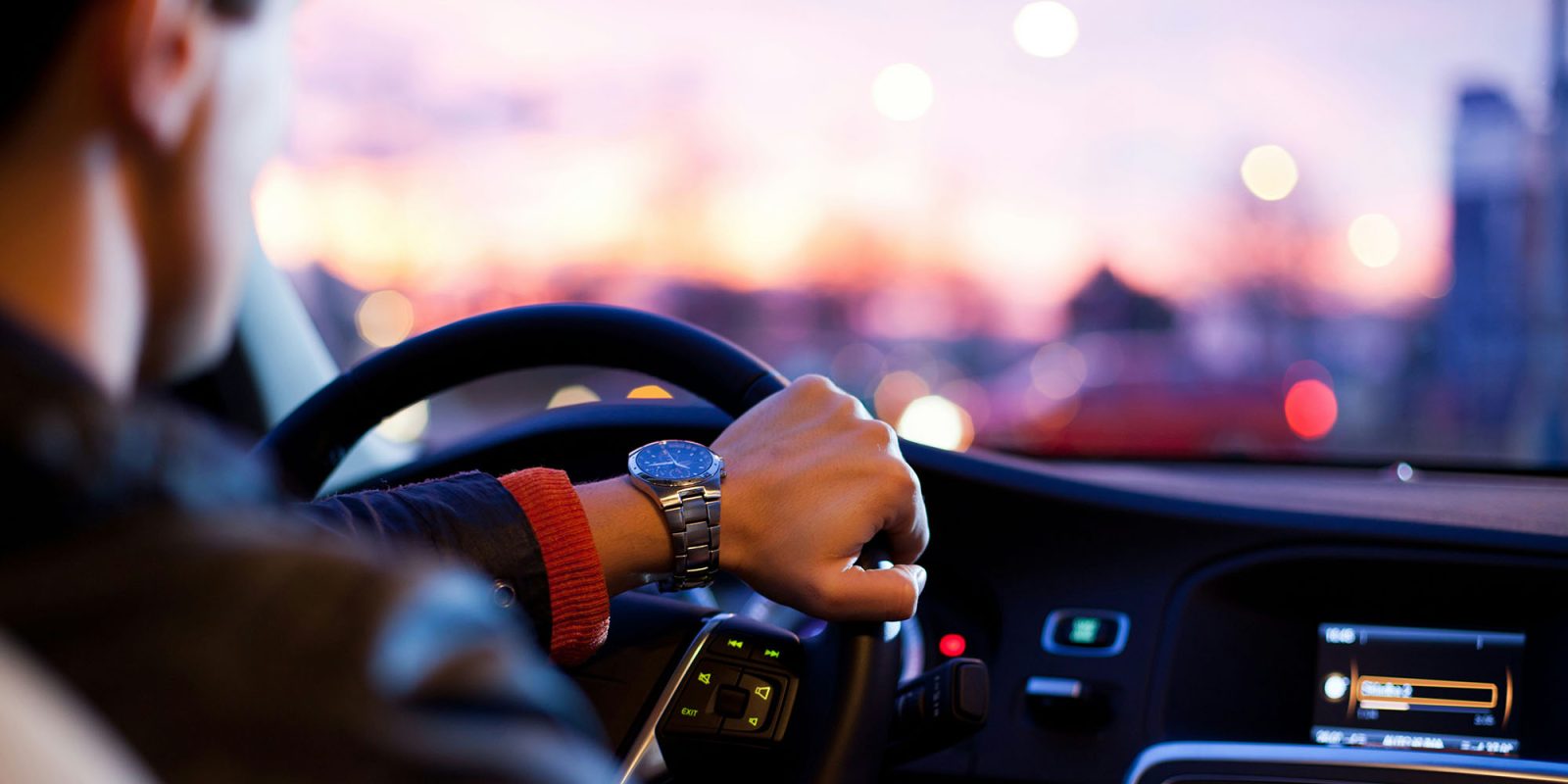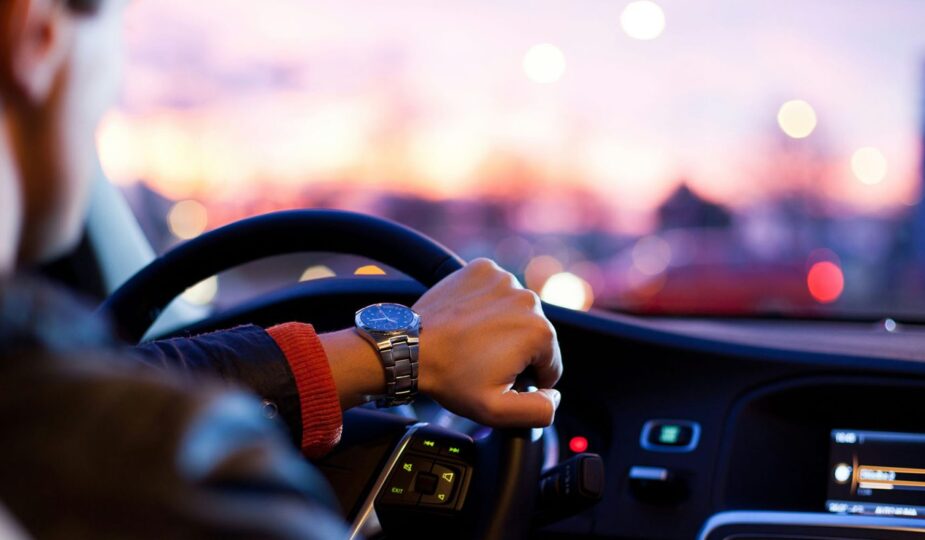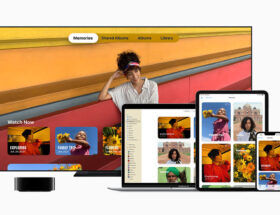
Uber fares are expected to apply during particularly busy times and locations where passengers may choose to pay a significant surcharge rather than not pay for the opportunity to ride at all. But drivers say Uber now consistently applies this pricing model and retains most of the difference …
Uber says the price increase is intended to balance supply and demand.
Surge pricing automatically goes into effect when there are more riders in an area than available drivers. This, over time, encourages more drivers to serve the busy area and shifts passenger demand to maintain reliability and restore balance.
Surge pricing is a safety valve for the ride-sharing market. Without this, when demand for rides exceeds the number of available drivers, passengers will wait longer (or be unable to get a ride at all). Drivers will have less incentive to accept requests in busy areas. Raising prices helps restore balance to the network. By waiting a little longer, passengers can avoid sharp price increases.
But drivers protesting outside Uber's London headquarters say so-called “dynamic pricing” doesn't work. is now 24/7.
Additionally, they told Wired that while Uber used to charge a flat, transparent commission of 25% of what passengers paid, with drivers receiving the rest, the company now sometimes charges much more high percentages – and does not allow them to see the division.
Uber's “price increase” feature » previously only worked during busy periods, which made trips more expensive, which encouraged drivers to log into the app. But the app now routinely uses variable or “dynamic” prices, says James Farrar, a former Uber driver who won a landmark case against the company in the UK Supreme Court and is now director of the non-profit Worker Info Exchange.
“We went from a completely transparent payment and pricing system to a system that is now completely opaque,” he says. “People literally don't understand how wages were set, how work was distributed and how they could participate in decisions.”
To prove their point, they logged in as passengers to book rides, see how much they cost and then how much is offered to the driver. In one example, the rider was offered £46 ($58) but the driver was only offered £26 ($33). This meant that Uber took a 43% commission.
Photo by why kei on Unsplash









